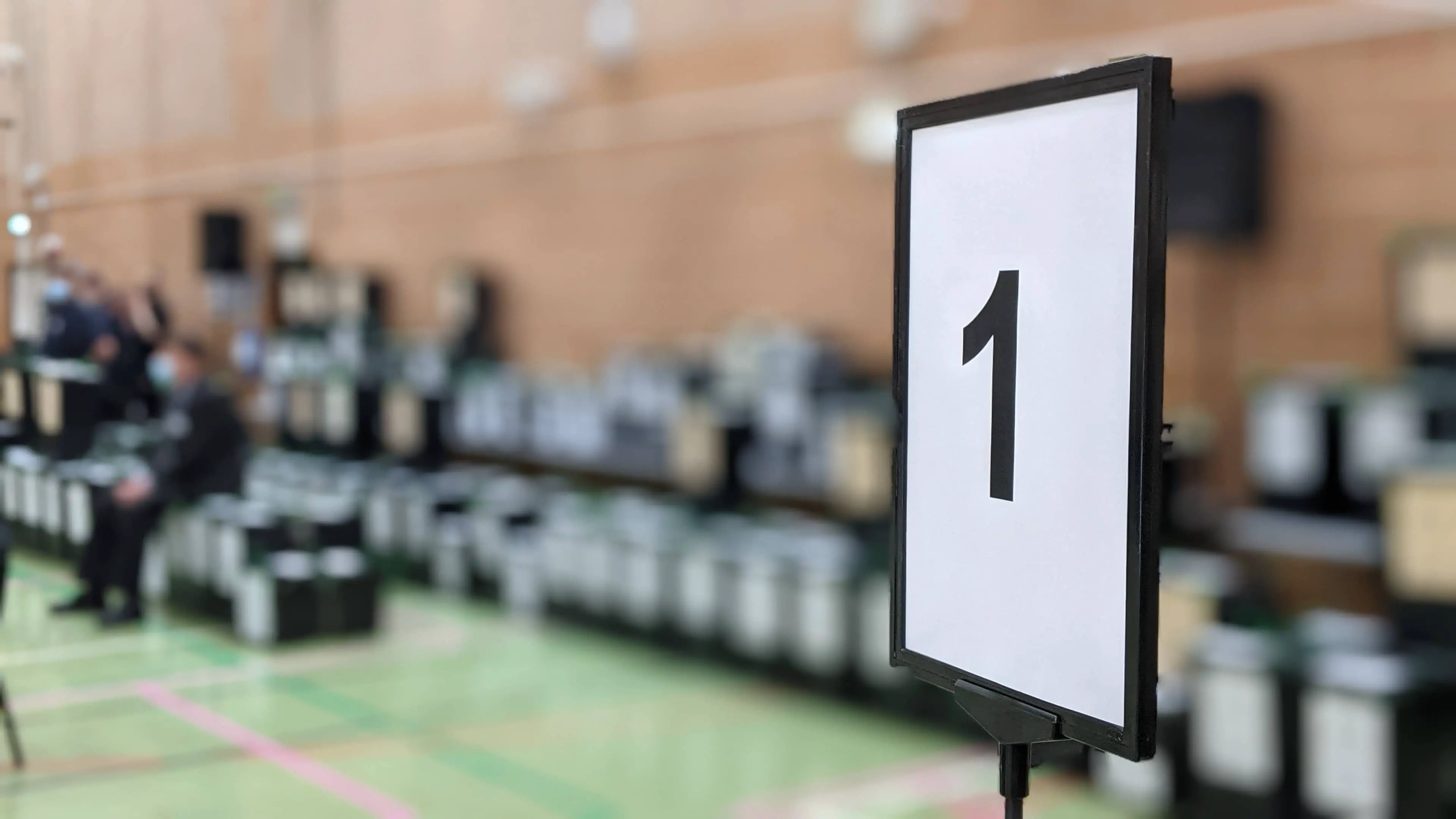We have had the results, lost the former council leader, and there’s no overall control of the Isle of Wight Council.
But while we wait to find out what happens next, let’s have a look at the stats.
In the 39 seats making up the authority, they now belong to 18 Conservatives, 13 Independent, two Green, two Island Independent Network, one Labour, one Our Island, one Liberal Democrat and one Vectis Party councillors.
Boundary changes
The Isle of Wight Council has gone from 40 seats to 39 after boundary changes, and now there is a change with the Conservatives no longer holding a majority with 23 seats.
Making up the rest of the authority before Thursday’s election were eight Island Independent Group members, two Liberal Democrats, two Independent Members Group councillors, two Independent, one Independent Labour, one Island Independent Network and one vacant seat.
Four new parties
Joining the Isle of Wight Council this time round are four new parties — Green, Labour, Our Island and the Vectis Party — but there are 16 new candidates overall, although you may recognise some familiar faces (Jonathan Bacon, Daryll Pitcher and Richard Quigley).
Announced yesterday by the Isle of Wight Council, the total turnout of the Island to vote for new councillors was only 36.93 per cent — down four per cent on previous years.
41,002 votes
The total number of votes accepted this year was 41,002 — the Conservatives earning over a third, 15,825 from 39 candidates; Independents 10,039 from 24; Labour 4,760 from 28; Greens 4,541 from 19; Liberal Democrats 2,139 from 12; Our Island 1,427 from five Island Independent Network 1,327 from six; and the Vectis Party 886 from three.
Average vote
Ranking the groups by average vote per candidate sees them tally up like this:
- Independent (418 votes)
- Conservative (406 votes)
- Our Island (285 votes)
- Greens (239 votes)
- Island Independent Network (221 votes)
- Liberal Democrats (178 votes)
- Labour (170 votes)
Highest individual vote
The five candidates receiving the highest individual vote are:
- Paul Fuller, Ind (1,101) (elected)
- Joe Robertson, Con (921) (elected)
- Claire Critchison, Green (876) (elected)
- Rodney Downer, Ind (862) (elected)
- Michael Lilley, Ind (832) (elected)
Former Conservative council leader Dave Stewart lost his seat to Claire Critchison despite getting the 12th highest votes out of all the candidates and sixth-highest in his party.
Cllr Paul Fuller was the only candidate to reach four figures.
In some wards the race between candidates was very close … in others, not so much.
Closest finishes
The five closest finishes:
- Osborne – 4 votes – Con won, Green second
- Totland and Colwell – 10 votes – Ind won, Con second
- Haylands and Swanmore – 14 votes – Con won, Ind second
- Ryde South East – 34 votes – Con won, Lab second
- Cowes North – 35 votes – Lab won, Con second
Biggest winning margins
The five biggest winning margins:
- Cowes West and Gurnard – 893 votes – Ind won, Con second
- Ryde Appley and Elmfield – 711 votes – Ind won, Con second
- Wroxall, Lowtherville and Bonchurch – 603 votes – Ind won, Con second
- Newchurch, Havenstreet and Ashey – 535 votes – Con won, Green second
- Bembridge – 481 votes – Con won, Our Island second
Fewest votes
The five candidates receiving the fewest votes:
- Bill Collins, TUSC (20)
- Fred Turgurt, Ind (24)
- Martin Gooden, Freedom Alliance (38)
- Pauline Hunter, Lab (49)
- Stephen Parkes, Ind (58)
This article is from the BBC’s LDRS (Local Democracy Reporter Service) scheme, which News OnTheWight is part of. Read here to find about more about how that scheme works on the Island. Some alterations and additions may have been made by News OnTheWight. Ed





